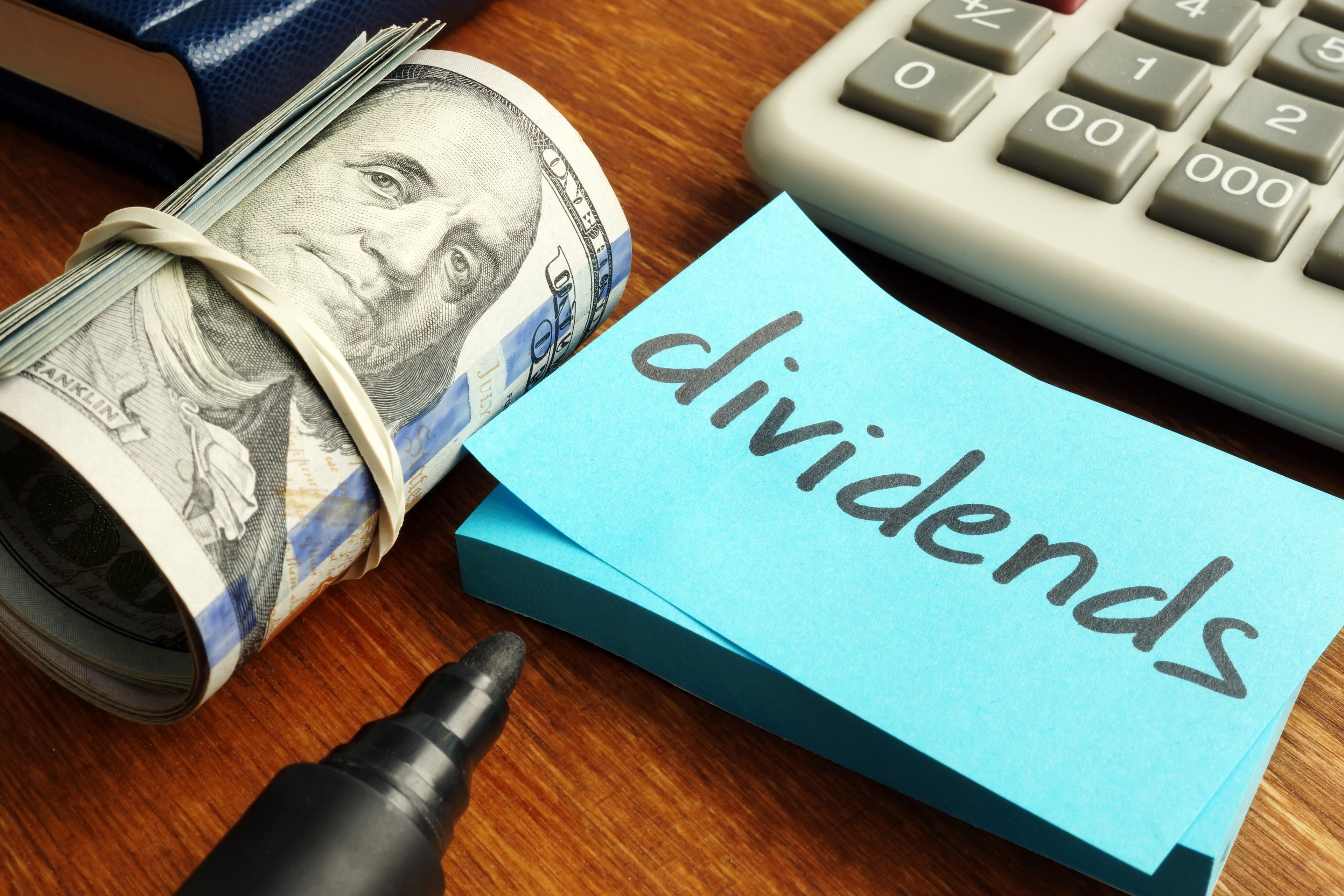Exchange-traded funds (ETFs) are a way to invest in dozens, hundreds, or even thousands of stocks under a single ticker. Some ETFs track indexes, while others target themes, such as growth stocks, value stocks, or passive income.
The Vanguard Dividend Appreciation ETF (VIG 0.76%) is unique because it accomplishes several investment objectives -- from holding positions in top growth stocks to being a decent vehicle for collecting passive income.
Here's why the ETF is still worth buying in August, even though it's at an all-time high.

Image source: Getty Images.
Not your typical list of top dividend stocks
Instead of focusing solely on dividend yield, the Dividend Appreciation ETF targets companies that are growing their earnings and can support future dividend raises.
|
Company |
Percentage of Fund |
Dividend Yield |
|---|---|---|
|
Broadcom (AVGO 1.07%) |
6.1% |
0.7% |
|
Microsoft |
5.2% |
0.6% |
|
JPMorgan Chase |
4.1% |
1.8% |
|
Apple |
3.4% |
0.4% |
|
Eli Lilly |
2.9% |
0.8% |
|
Visa |
2.7% |
0.7% |
|
ExxonMobil |
2.4% |
3.7% |
|
Mastercard |
2.3% |
0.6% |
|
Costco Wholesale |
2.0% |
0.5% |
|
Walmart |
2.1% |
0.9% |
Data sources: Vanguard, YCharts.
As you can see in the table, eight of the 10 largest holdings in the ETF have yields under 1%. However, the lineup features industry leaders across a variety of sectors -- including technology, financials, consumer staples, healthcare, and energy.
Funds that pursue higher-yielding stocks tend to be overweight low-growth sectors and underweight growth-focused sectors -- like tech. But because the Vanguard Dividend Appreciation ETF prioritizes companies that can support a growing dividend with higher earnings, it can include tech giants like Broadcom, Apple, and Microsoft.
Broadcom and Apple have increased their dividends for 14 consecutive years, and Microsoft has a 15-year streak. These stocks sport low yields not because they haven't been boosting their payouts, but because their stock prices have gone up by so much.
In this vein, the Dividend Appreciation ETF doesn't penalize companies for having low yields because they have been winning investments.

NYSEMKT: VIG
Key Data Points
A higher yield and lower valuation than the S&P 500
Many of the largest holdings in the ETF sport low yields. But the top 10 holdings only make up 32.6% of the ETF. Just outside of the top 10, holdings 11 through 20 are Procter & Gamble, Johnson & Johnson, Home Depot, Oracle, AbbVie, Bank of America, UnitedHealth Group, Cisco Systems, Coca-Cola, and International Business Machines. Combined, these names make up 15.8% of the fund. However, many of these names have higher yields and extensive track records of boosting their payouts.
Because a sizable chunk of the larger holdings in the Vanguard Dividend Appreciation ETF are blue chip stocks with higher yields and reasonable valuations, the fund sports a relatively attractive valuation and dividend yield compared to the S&P 500. In fact, the price-to-earnings (P/E) ratio of the Vanguard Dividend Appreciation ETF is 25.7 and its yield is 1.7% compared to the Vanguard S&P 500 ETF (VOO 0.73%) -- which has a 27.8 P/E and a 1.2% yield.
A balanced fund you can confidently buy and hold
Buying stocks or ETFs at all-time highs seems counterintuitive. After all, who wants to pay a record price for something? However, the Vanguard Dividend Appreciation ETF could appeal to investors who are looking to put capital to work in the market without betting big on companies with lofty valuations.
The ETF's emphasis on dividend quality over quantity will appeal to long-term investors who want to make sure they aren't achieving a high yield just by investing in mediocre companies.
The fund could be an especially good pick for folks who don't want to collect passive income at the expense of limiting their exposure to tech stocks. Nvidia has been the poster child of artificial intelligence investor excitement, but Broadcom, the largest holding in the Vanguard Dividend Appreciation ETF, has been no slouch -- with a staggering 474% gain in just three years.
All told, the ETF is a great way to balance exposure to megacap growth stocks and blue chip dividend-paying value stocks -- which could make the fund a better buy for certain investors than the Vanguard S&P 500 ETF.





